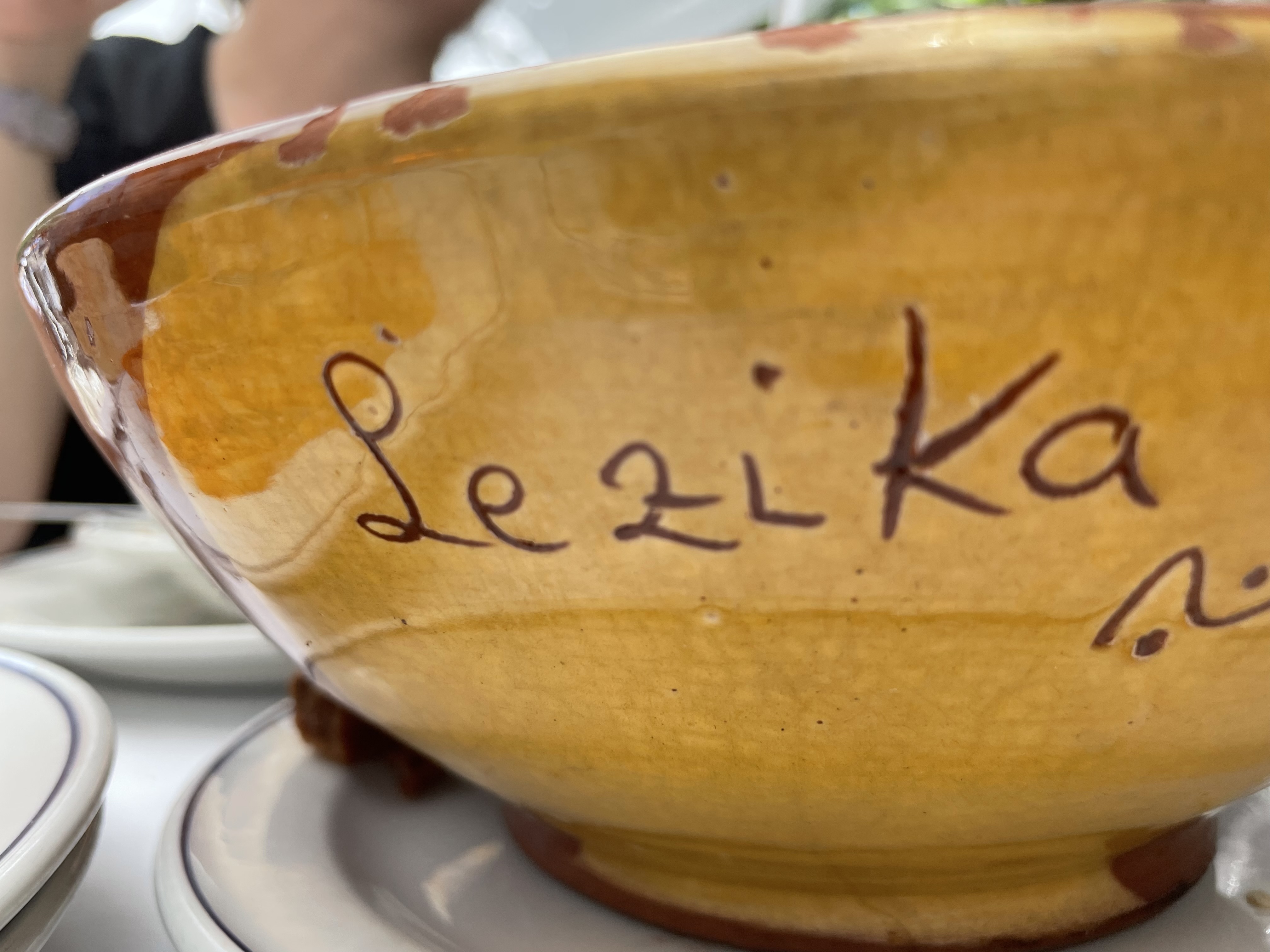Tag: food
-

You gotta try this bean stew
The Urdaibai Bird Center was a good choice we made somewhat in the dark when we booked our travels in Basque Country. I’m literally struggling to write this post because I’m distracted by some sheep farting around in the wetlands amongst the birds. Last night there were horses playing, stretching, and doing what I can…
-
Bring on the Good Beers
Andre Francisco at Just a Rough Draft (and recently at POGO as well) and I could drone on for hours lamenting a common and serious problem with fine dining establishments: the beer list.
-

Linden Honey Baguette
A post inspired by our friends at Just a Rough Draft, we turn this week to a recipe made from scratch.
-
Boseong’s Green Tea Plantations
Traveling from place to place, I often marvel at the luckiness of creatures who call some of the best places the world has to offer their humble homes. A mere human couldn’t scrounge up enough of anything to land themselves the right to set up shop in Spain’s Alhambra. Yet a number of pigeons air…
-
A Home-brewer’s Guide to Makgeolli (막걸리)
We took our first sip of makgeolli back in late September on the first night of our farming adventure with Wooriwa, pouring from enormous drums like the kind my Grandpa once used to fill up the pontoon with gas at the cabin. Since then, we have become enamored with the beverage, and perplexed by its composition.…